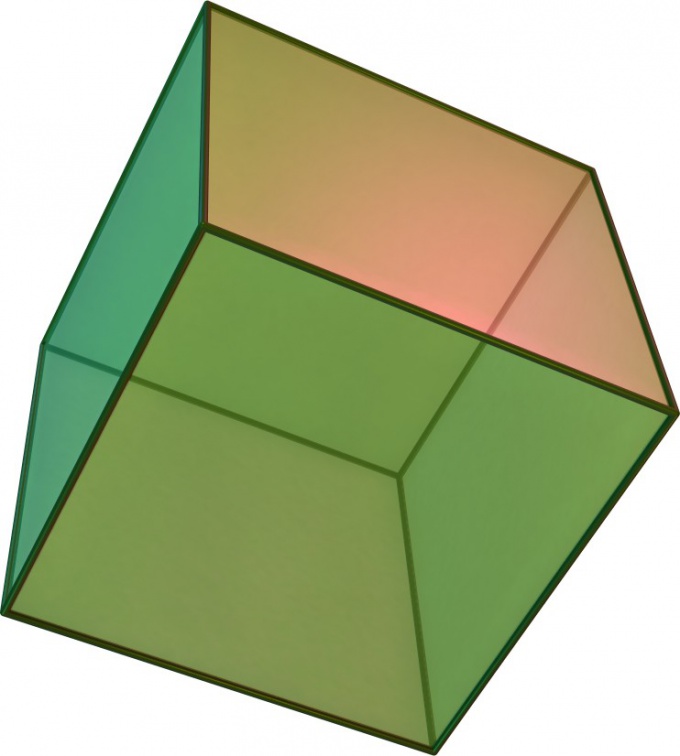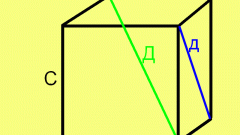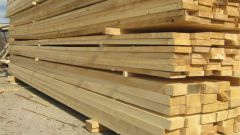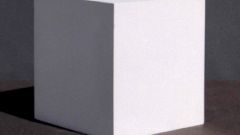Instruction
1
Initially, you need to calculate the area of any squares, which is a face of this cube. The area of a square can be calculated by multiplying at each other a couple of its sides. The formula can be expressed as:
S = a*a = a2
S = a*a = a2
2
Now that we know the area of one of the edges of the square, you can see the area of the whole surface of the cube. This can be done by modifying the formula listed above:
S = 6*a2
In other words, knowing that such squares (faces) of the cube have as many as six pieces, the surface area of the cube is one of the areas of the faces of the cube.
S = 6*a2
In other words, knowing that such squares (faces) of the cube have as many as six pieces, the surface area of the cube is one of the areas of the faces of the cube.
3
For clarity and convenience, you can give an example:
For example, given a cube whose edge length is 6 cm, it is required to find the surface area of this cube. Initially you will need to find the area of the face:
S = 6*6 = 36 cm2
Thus, knowing the area of the face, you can find the entire surface area of a cube:
S = 36*6 = 216 cm2
Answer: the surface area of a cube with an edge equal to 6 cm is 216 cm2
For example, given a cube whose edge length is 6 cm, it is required to find the surface area of this cube. Initially you will need to find the area of the face:
S = 6*6 = 36 cm2
Thus, knowing the area of the face, you can find the entire surface area of a cube:
S = 36*6 = 216 cm2
Answer: the surface area of a cube with an edge equal to 6 cm is 216 cm2
Note
The cube is a special case not only of a parallelepiped, and prisms.
A parallelepiped is the prism whose base is a parallelogram. Feature of box is that 4 of its 6 sides - rectangles.
Prism is the polyhedron whose base are equal polygons. One of the main features of the prism can be called that the side faces is a parallelogram.
In addition to Cuba, there are other types of polyhedra: pyramids, prisms, parallelepipeds, etc., each of which correspond to different ways of finding the areas of their surfaces.
A parallelepiped is the prism whose base is a parallelogram. Feature of box is that 4 of its 6 sides - rectangles.
Prism is the polyhedron whose base are equal polygons. One of the main features of the prism can be called that the side faces is a parallelogram.
In addition to Cuba, there are other types of polyhedra: pyramids, prisms, parallelepipeds, etc., each of which correspond to different ways of finding the areas of their surfaces.
Useful advice
If not given cube, and another is a right polyhedron, in any case, the surface area will be similar. This means that the surface area of regular polyhedron is found by adding together all the areas of its faces regular polygons.



